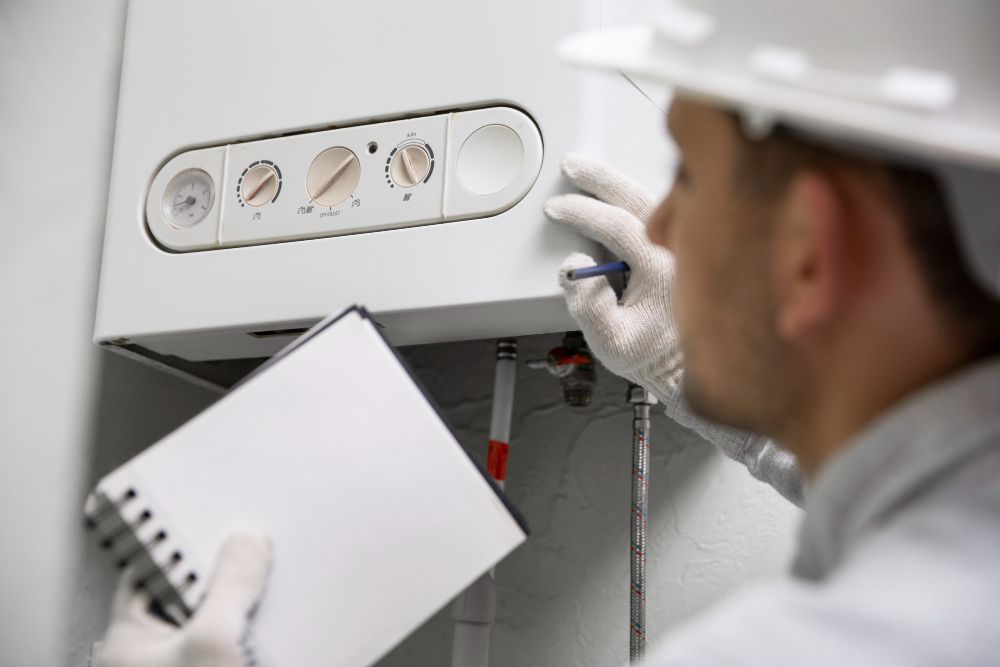Gas installation is a daunting process and involves various complexities. You have to consider multiple factors to ensure safety and even a tiny negligence can lead to many severe accidents. Therefore, to help you out, here is a detailed guide to gas installation. Keep reading to gain valuable insights into this process, ensuring you make informed decisions tailored to your needs.
1. Planning and Preparation
Before starting the installation process, it is essential to plan everything and to be well-prepared. Begin by assessing the location. Then, evaluate your area for potential obstacles and clean thoroughly if there is any debris. Additionally, verify the local regulations and obtain necessary permits for the gas line installation, so that you do not have to face any legal problems or hefty fines.
Moreover, you must select the right gas pipeline materials that can easily withstand potential wear and tear. Prioritise durability and focus on fittings, as this is essential to avoid problems. Which pipeline material is the best for you depends on the type of gas you are using and the local requirements of your area. Once you are done with material selection, map out the gas pipeline path. Avoid other utilities like electrical wiring or water, and ensure the proper depth if you are burying the line. Moreover, do not forget to disconnect the old gas line. You must remove it safely before installing the new one.
2. Installation Process
To install the gas pipelines, you must first excavate trenches, especially if you are planning to bury the lines underground. Use the appropriate equipment for this and follow the essential safety measures. After that, install gas pipelines and make proper connections with perfect fittings. Securely fasten each joint with a pipe dope or tape. Then, safely attach the gas points where needed.
Additionally, you must maintain proper ventilation in your home and also employ a gas detection system to identify and address the potential gas leaks promptly.
3. Testing
Once you are done with the gas installation, conduct pressure tests to verify the integrity of your gas lines. Assess their ability to withstand required pressures, and in case you find any issues, resolve them as soon as possible.
In addition to pressure testing, thoroughly inspect all connections and fittings for leaks using appropriate methods like leak detection fluid. This is essential to ensure all connections are secure, properly sealed, and the system is operating efficiently. After this, you can reintroduce gas into the newly installed gas pipelines of your home and use your heating appliances.
4. Ongoing Maintenance
Ongoing maintenance is the key to ensuring the safety and longevity of your gas pipeline system, so you must schedule proper inspections. And for this, you can seek help from professional service providers. Their experts are well-versed in identifying and addressing the potential problems of various types of gas systems. They have years of experience in gas-related work, including repairing, maintenance, and new installations, so they can provide you with better assistance and guidance.
